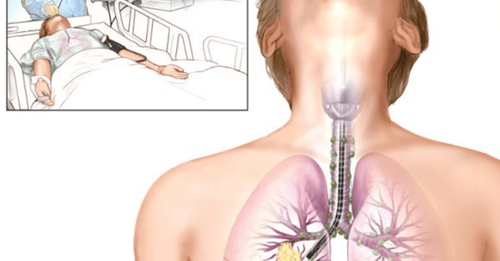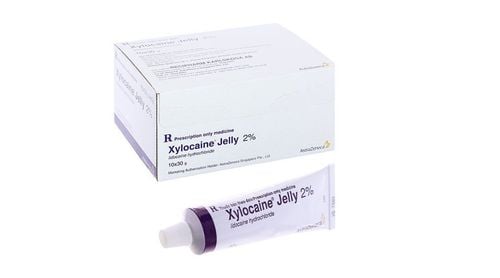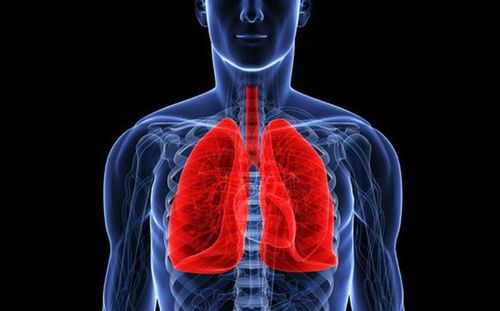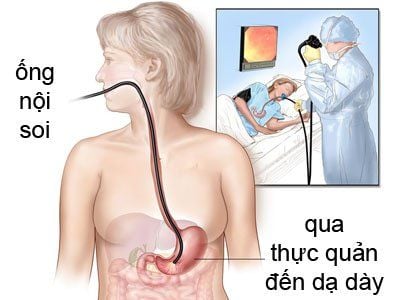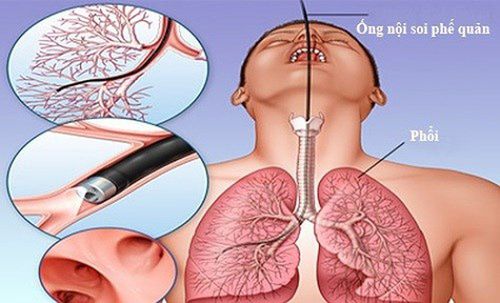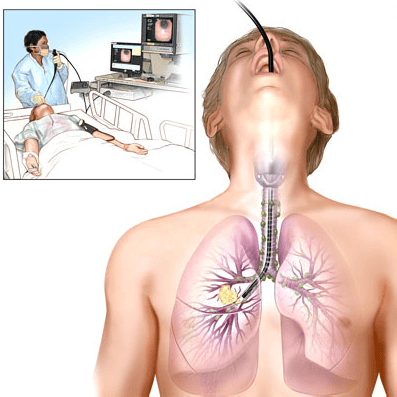This is an automatically translated article.
The article was professionally consulted by Doctor Phan Dinh Thuy Tien - General Internal Medicine - Department of Examination & Internal Medicine - Vinmec Nha Trang International General HospitalBronchoscopy is considered a modern diagnostic technique today to detect damage related to the respiratory tract. So is bronchoscopy painful, safe and how does the procedure work?
1. What is bronchoscopy?
By inserting the bronchoscope through the nose, mouth, or tracheostomy, the bronchoscopy technique helps to see inside the bronchial surfaces and airways. With a structure of a small tube with a camera and light on the end, the bronchoscope helps the doctor easily see inside the airways.Flexible bronchoscopy is more and more widely used to help avoid injuring the respiratory tract, and to easily assess the condition of the mucosa because it is equipped with a high-quality camera, true colors, and copper. limited time causing discomfort to the patient by conducting in a short time (only 5 - 10 minutes). Bronchoscopy is classified into:
Rigid bronchoscopy: usually performed to remove foreign bodies in the airways. This method also allows to protect the airways and control foreign bodies, so it is suitable for restoring the airways when a foreign body is inhaled. Rigid endoscopic technique allows electrocautery to help control bleeding by wide lumen in case of massive blood loss due to airway bleeding. Flexible bronchoscopy: the doctor easily controls the channels into each lobe of the lung thanks to the long, small, soft tube that is softer than the hard tube. The reception and transmission of images is better thanks to the system of cameras, screens, lights, cables,... The time to conduct a flexible bronchoscopy only takes 5 - 10 minutes, so it causes less discomfort to the patient. performed easily and safely, so this method is widely used in the diagnosis of respiratory diseases.
2. When should bronchoscopy be performed?
When you suspect that you have problems with breathing, airways, lungs, etc., your doctor will appoint you to perform a bronchoscopy. In some cases, bronchoscopy is used in the treatment and response to certain diseases, and can be used to remove foreign bodies in the airways. Bronchoscopy is performed for the following purposes:Early diagnosis of respiratory diseases, lung diseases (pneumonia, acute and chronic bronchitis, tumors in the airways,...). Diagnosis and determination of the extent of lung cancer, bronchial cancer. Remove foreign bodies in the respiratory tract (in case of aspiration). Identify and find out the causes of airway bleeding, chronic cough, shortness of breath,... Take samples for testing: sputum sample, airway tissue sample. Support in the treatment of narrowing of the airways, treatment of tumors in the respiratory tract. Treatment of lung cancer with internal radiation therapy.

Nội soi phế quản có thể chẩn đoán được ung thư phổi
3. Bronchoscopy procedure
Is bronchoscopy painful? Is bronchoscopy dangerous? Bronchoscopy is a fairly safe technique. Patients cannot perform this procedure when they have certain medical conditions and cannot tilt their neck back.In addition, the procedure may fail or not yield the desired results for a number of reasons, including:
The diagnosis cannot be made due to the small, insufficient sample of the biopsies. Other areas of cancer can be missed because the biopsy only collects tissue from such a small area. You need to understand the warnings and precautions before proceeding with surgery. If you have any questions, consult your doctor for more information and specific instructions.
Bronchoscopy procedure:
Step 1:
Prepare the operating room, the emergency room is fully equipped with equipment, tools, and human resources to be able to handle emergencies about respiration. Prepare endoscope, monitor. Before performing endoscopy, it is necessary to check the function and sterility of the endoscope. Step 2:
To make the patient sedated, reduce secretions, use atropine or morphine, the patient will feel less pain and discomfort, limit secretions from the mouth and respiratory tract to help the doctor observe more easily.
Step 3:
In order to avoid coughing reflex when encountering a foreign body (the endoscope itself is the foreign body), the doctor conducts local anesthesia of the mucous membrane of the larynx.
Step 4:
Slowly insert the endoscope into the upper respiratory tract, then continue down the trachea and bronchi. Conduct specimen collection if any abnormality is found with a needle, brush, or forceps.
For rigid endoscopic techniques, because the rigid bronchoscope has a large cross-section, the patient needs to be performed endoscopy under anesthesia, the anesthetic device is connected to the bronchoscope and the air is circulated through the bronchoscope.
4. Possible complications when performing bronchoscopy
Bronchoscopy dangerous? Bronchoscopy is a fairly safe procedure and complications are rare. However, your doctor will inform you about the risk of some possible complications when performing a bronchoscopy, including:Constriction of the airways, making the patient feel short of breath, suffocating; Patients with allergies; Cardiac arrhythmias, circulatory disorders; The airways can be damaged causing bleeding, tearing the vocal cords leading to hoarseness when performing rigid bronchoscopy; Pneumothorax, laryngospasm (very rarely); The patient has difficulty breathing, edema of the respiratory mucosa due to a tumor in the respiratory tract; Flexible bronchoscopy can cause bleeding from the biopsy; Some cases cause pneumonia. The majority of complications caused by performing bronchoscopy can usually be resolved with adequate medical conditions, using medication to treat pneumonia, intubation when the patient has difficulty breathing, using use sedatives, heart drugs, hemostasis,...
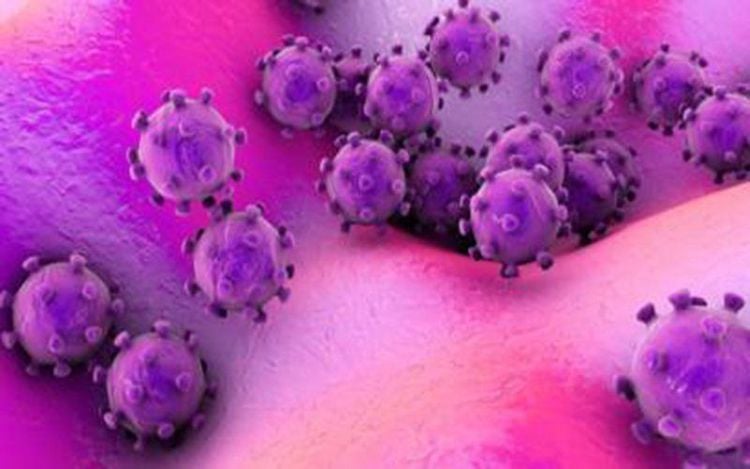
Một số trường hợp có thể xảy ra biến chứng viêm phổi
5. Notes after performing bronchoscopy
The sedation will remain in effect for some time after the endoscopy, usually 2 hours, and your doctor will notify you of the results of the endoscopy, including what was found in your airways, comment, and best treatment.Here are some points to keep in mind after performing a bronchoscopy:
After 2 hours from the bronchoscopy, you can eat and drink. After the endoscopy, you will have a feeling of choking as the effects of the medicine remain. You should only eat or drink after the medicine has worn off because then you will no longer feel choking. Before preparing to eat, you should take a sip of water. You should not drive within 8 hours of the endoscopy: driving will also be affected by the effects of sedation. Within 24 hours, you should not smoke: Your respiratory organs will be adversely affected if exposed to cigarette smoke because after endoscopy, the lining of your airways is in an irritated state, which will affect your breathing. adverse effects on the respiratory system. At Vinmec International General Hospital, bronchoscopy is performed on modern machinery. Patients will be advised to choose the appropriate type of bronchoscopy and carefully control the airway to ensure safety and minimize irritation or discomfort before the procedure. Endoscopic techniques are performed professionally and safely, ensuring no complications for the patient.
Please dial HOTLINE for more information or register for an appointment HERE. Download MyVinmec app to make appointments faster and to manage your bookings easily.




